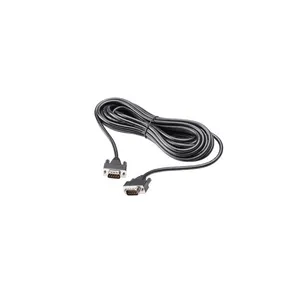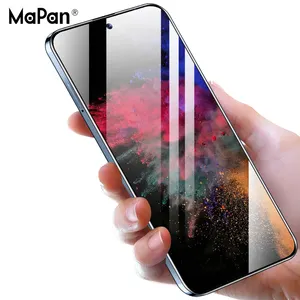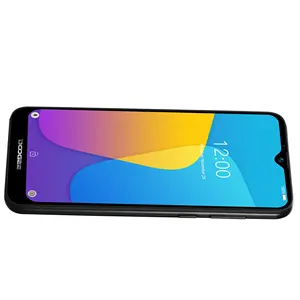Exploring the Versatility of 3G Mobile Technology
The realm of mobile communication has been revolutionized by the advent of 3G technology, a third-generation innovation that has paved the way for advanced mobile networking. The 3G mobile category encompasses a diverse range of devices that cater to various user needs, from basic connectivity to advanced multimedia applications. This introduction delves into the multifaceted nature of 3G mobile phones, highlighting their types, applications, features, and the materials used in their construction.
Types and Features of 3G Mobile Devices
3G mobile phones come in various forms, each offering distinct features to suit different user preferences. The spectrum ranges from 5g smartphones that offer high-speed internet connectivity to the more traditional 3g&4g smartphones, which balance speed and affordability. Even within the 3G category, there are used mobile phones that provide cost-effective solutions for consumers seeking functionality without the latest bells and whistles. These devices are powered by processors like octa-core, quad-core, and dual-core, ensuring that there is a 3G mobile phone to match every performance requirement.
Design and Usability
In terms of design, 3G mobile phones offer a range of options to accommodate user preferences. Choices include models with dual sim card capabilities, allowing users to manage two numbers simultaneously, and those with a qwerty keyboard for ease of typing. Screen sizes vary, with options such as 6.7 inch and 6.8 inch displays for those who enjoy a large screen, down to the more compact 5.5 inch models. Memory configurations also differ, with 3G mobiles available in 8gb, 2gb, and 6gb variants, catering to both light and heavy users.
Materials and Build Quality
The construction of 3G mobile phones involves a variety of materials, each selected for its durability and performance. Manufacturers utilize high-grade plastics, metals, and glass composites to ensure that each device can withstand the rigors of daily use while providing a sleek, modern aesthetic. The emphasis on material quality ensures that these mobile devices remain reliable over time, even with constant use.
Applications and Connectivity
3G mobile technology has been instrumental in enabling a host of applications that have become integral to modern life. From streaming video and music to navigating with GPS, these mobile devices have transcended the role of mere communication tools. The connectivity options provided by 3G networks also facilitate various business and personal tasks, such as email, social media, and instant messaging, keeping users connected no matter where they are.
Advantages of 3G Mobile Phones
The advantages of 3G mobile phones are numerous, including the ability to connect to the internet at reasonable speeds, access multimedia services, and enjoy a wide coverage area. These benefits make 3G technology a valuable asset for users who need reliable connectivity without the necessity of the latest network technology. Furthermore, the availability of a broad range of devices ensures that there is a 3G mobile phone to meet every need and budget.










































 浙公网安备 33010002000092号
浙公网安备 33010002000092号 浙B2-20120091-4
浙B2-20120091-4